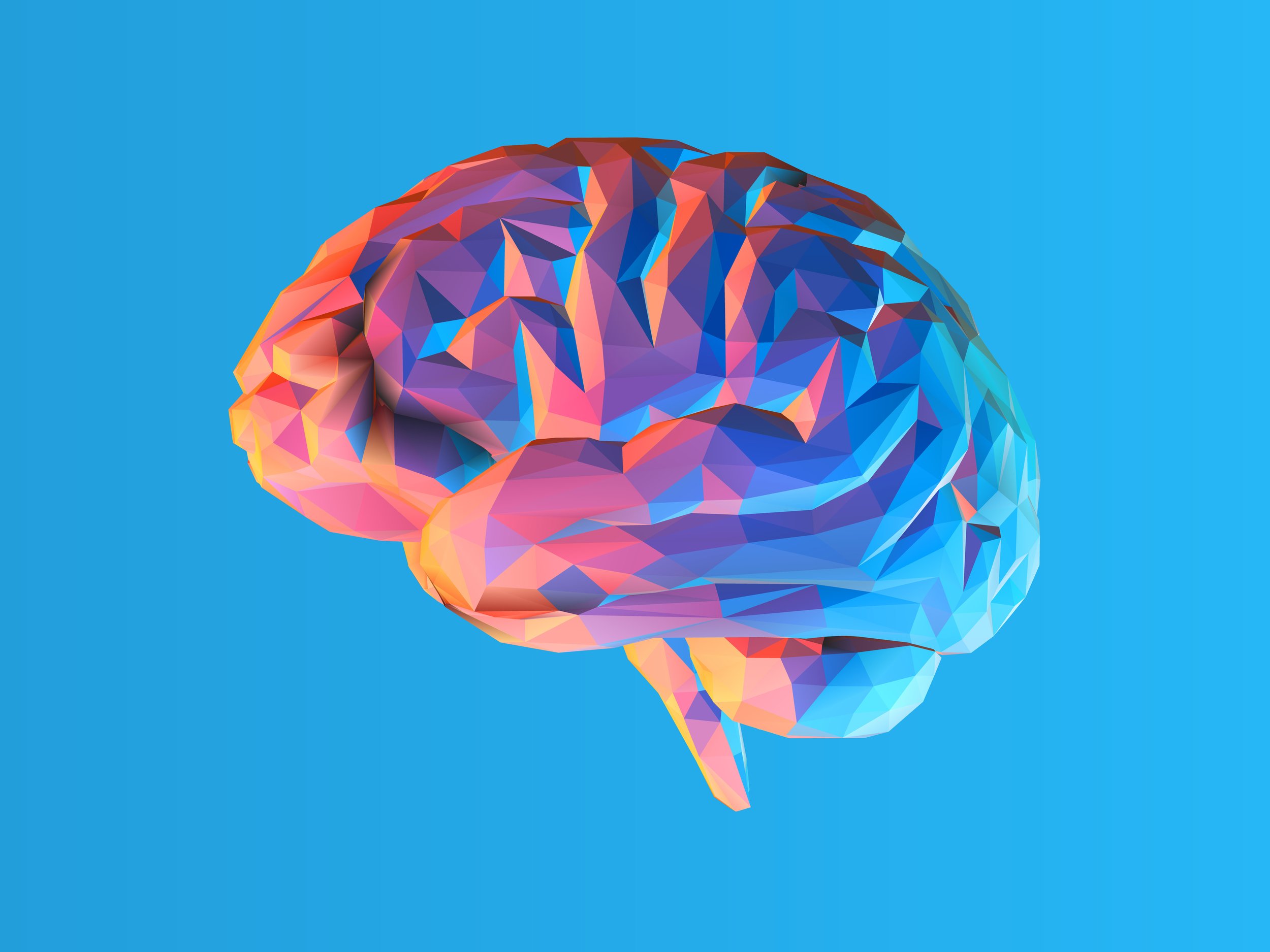
What is I-O Psychology?
I-O psychology is a dynamic field in which workplace issues are addressed at the individual, team, and organizational levels through scientific study and application. The workplace issues of focus generally relate to recruitment, selection and placement, training and development, performance measurement, workplace motivation, quality of work life, culture, and human factors. Using research-based practices and technology, I-O psychologists are driven to improve the workplace for all stakeholders involved. These practices include (but are not limited to) the use of cutting-edge pre-hire assessments to select the best talent (e.g., personality, cognitive ability, simulation, and skills-based assessments), artificial intelligence-enabled talent processes, wellness interventions, and data collection methods to understand employee experiences.
To view 2023’s top 10 work trends according to a survey conducted by the Society for Industrial and Organizational Psychology, click here. To view example I-O psychology job titles across sectors, click here.
Continue reading below for a (non-exhaustive) list of important topics within the field, particularly those of interest to me.
Assessment for Personnel Selection
Employers rely on a variety of tools to assess pre-hire candidates on the knowledge, skills, abilities, and other characteristics (KSAOs) relevant to a job. These tools generally include structured and unstructured interviews and psychometric tests (e.g., cognitive ability, personality, aptitudes, skills, competencies). The primary goal of using these tools is to identify the best talent from a pool of applicants and objectively compare across them. Thus, employers hone in on the candidates most likely to succeed on the job before extending job offers. I-O psychologists follow a rigorous test development and validation process to ensure a testing tool measures what it purports to measure, in addition to establishing a relationship between the testing tool and the job (see SIOP’s Principles for the Validation and Use of Personnel Selection Procedures). Following these guidelines optimizes an employer’s personnel selection process and provides legal defensibility.
Additionally, with advancements in technology and statistical methods, testing tools are continuously becoming more sophisticated and digitized. For instance, the application of artificial intelligence (e.g., machine learning, natural language processing) and gamification (e.g., incorporating game-like elements) have allowed assessments to become more precise and interactive. This allows for improvements in the test-taking experience from an applicant’s perspective. In fact, parallel to research streams on developing and validating assessments is research on applicants’ reactions. This research area focuses entirely on applicant perceptions of justice (e.g., fairness, job relevance, etc.) as they go through an employer’s selection process.
Although beyond the scope of this section, assessments can also be used in post-selection contexts. Specifically, they can be used to assess current employees for career and competency-development purposes. For example, companies may leverage assessments to generate competency profiles of top executives. Such allows for identifying coaching opportunities to expand leadership pipelines for succession planning.

Employee Well-being
I-O psychologists, given their extensive training in psychological theory, are also interested in understanding the workplace factors that impact employee health and well-being. This sub-discipline of I-O psychology is formally known as Occupational Health Psychology (OHP). OHP is concerned with the research and application of psychology to improve the quality of work life, and promoting the the safety, health, and well-being of workers. Well-being can be generally defined as the presence of positive emotions, satisfaction with life, fulfillment, and positive functioning (CDC, 2018). There are multiple types of well-being that can be studied, including psychological, social, and physical. A primary focus of OHP practitioners is identifying and preventing the organizational risk factors that lead to stress, negative health outcomes, and injury.
In making a concerted effort to understand and foster employee health, organizations communicate to their employees that their well-being matters. This notion is crucial, given that a healthier workforce is related to positive individual and organizational outcomes. To learn more about OHP, click here.
Applications of Artificial Intelligence
The adoption of AI technology by I-O psychologists and employers, including machine learning (ML) and natural language processing (NLP), has become widespread in recent years. Applications can be used to automate a variety of processes in recruitment, personnel selection, and learning and development. For instance, AI technology can be used to flag applicant resumes that meet certain criteria, analyze a candidate’s verbal responses and facial expressions in recorded interviews, and create personalized training programs. In people analytics teams, it can be used to predict which employees are at a higher risk for turnover, or to identify leaders for succession planning purposes. As a tool that enables automatic decision-making processes, it can deliver value for a variety of teams across functions in an organization.
Despite its benefits, professionals have highlighted the numerous legal and ethical considerations to using AI in light of its potential limitations (e.g., blackbox algorithms, bias). These conversations continue to develop within the context of ever-evolving AI and workplace ecosystems becoming increasingly reliant on it.

Neurodiversity
Neurodiversity can be defined as “the diversity of human minds, the infinite variation in neurocognitive functioning within our species” (Walker, 2014). Neurodiverse groups of people, therefore, comprise individuals with neurodivergent conditions such as autism, ADHD, dyspraxia, dyslexia, among others. A primary goal of I-O psychologists conducting research in this space is to identify and improve the workplace elements at all stages of the employee lifecycle that should become neuro-inclusive (e.g., recruitment, selection, talent management, career development, etc.) Often, the different stages of the employee lifecycle have neurotypical bias, which I-O psychologists seek to eliminate to the greatest degree possible.
Much neurodiversity research is informed by the Neurodiversity Paradigm, which promotes the notion that all neurodiversity is of equal value, and attempts to deconstruct the idea that any neurocognitive profile is superior to another.